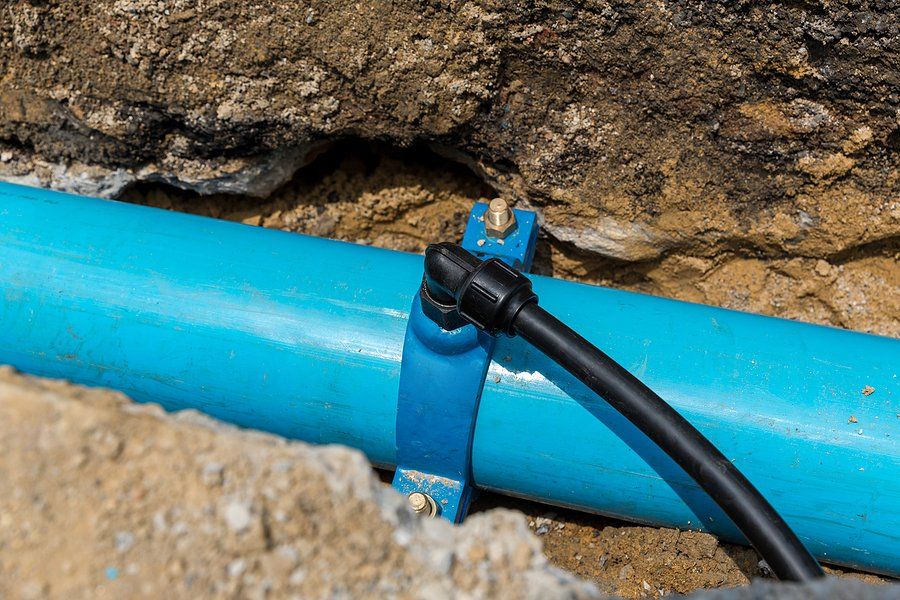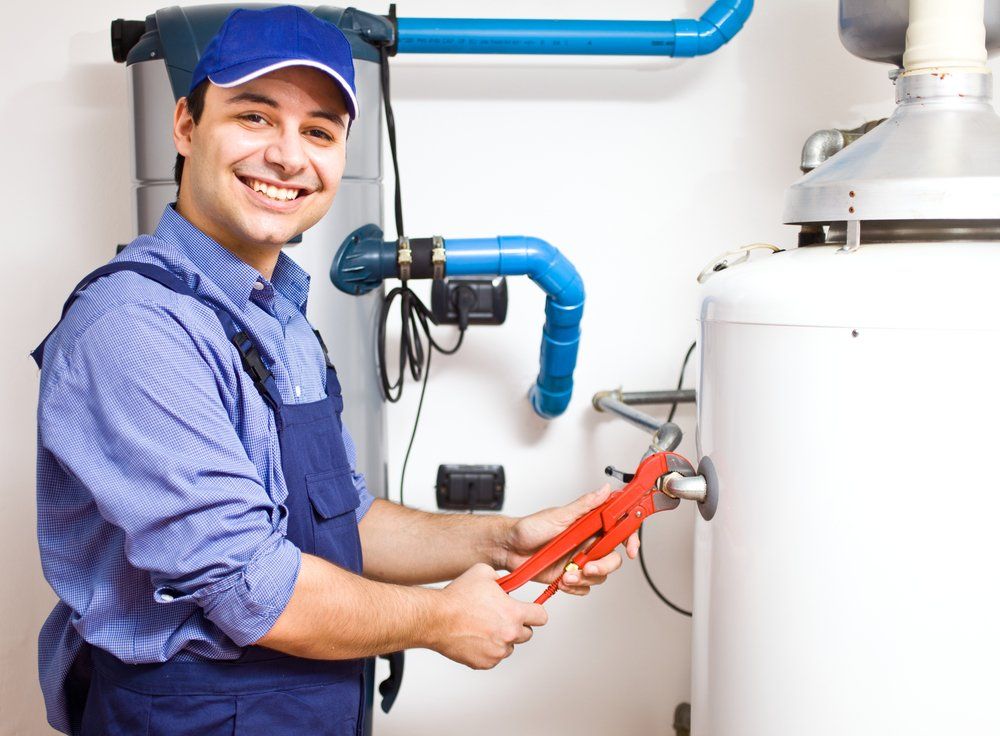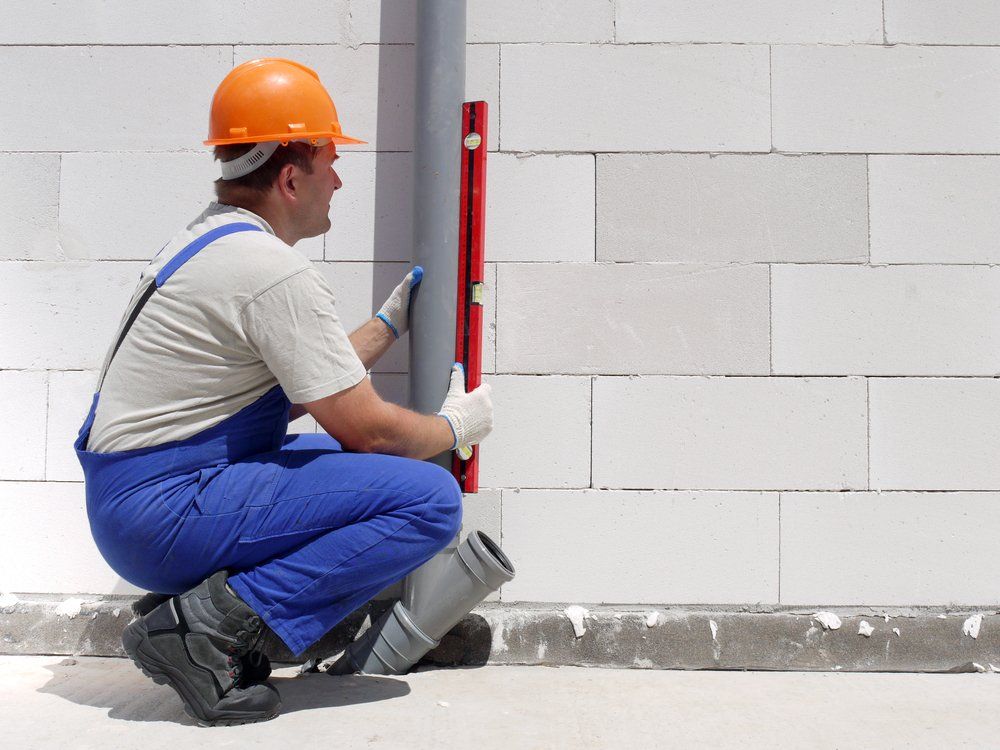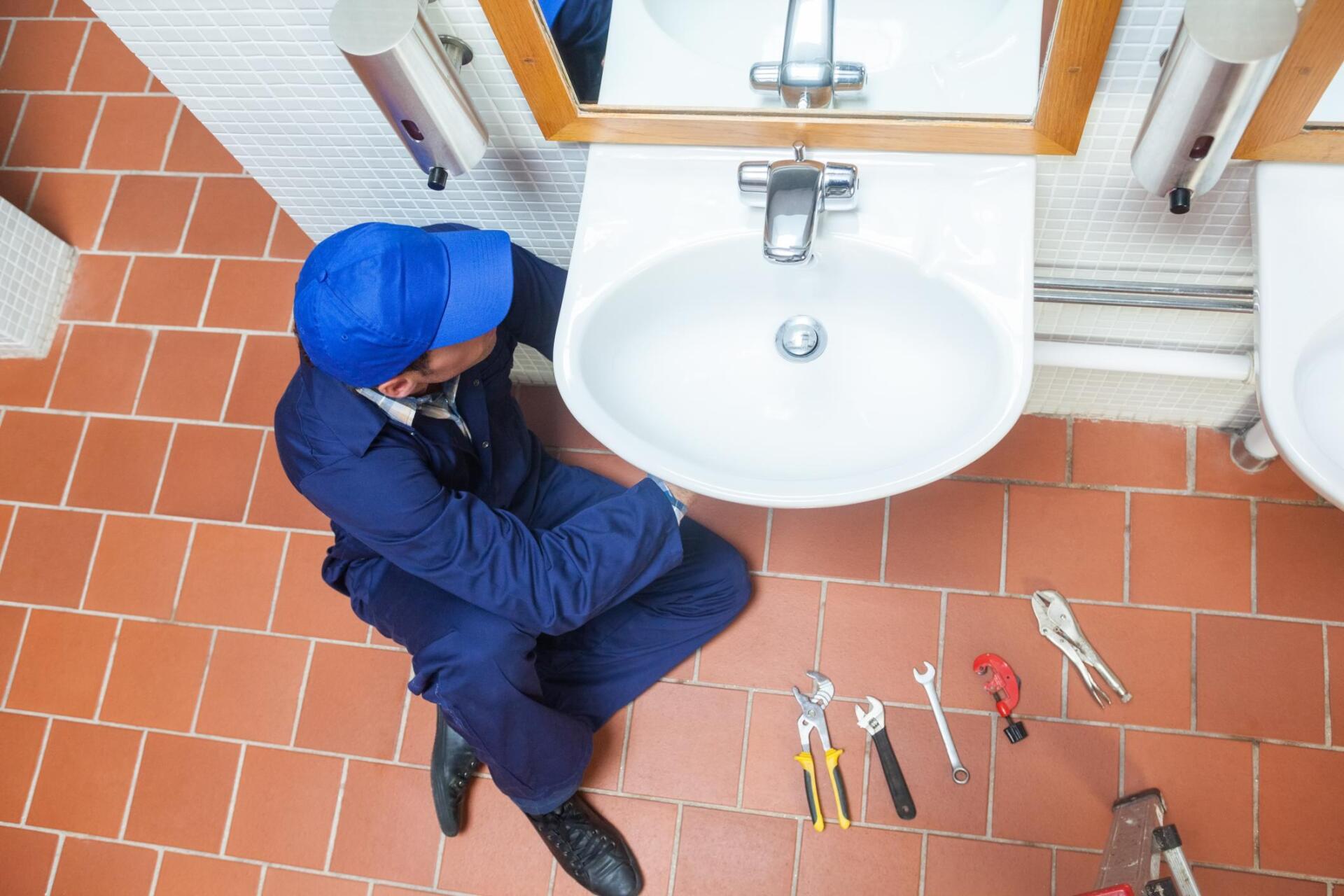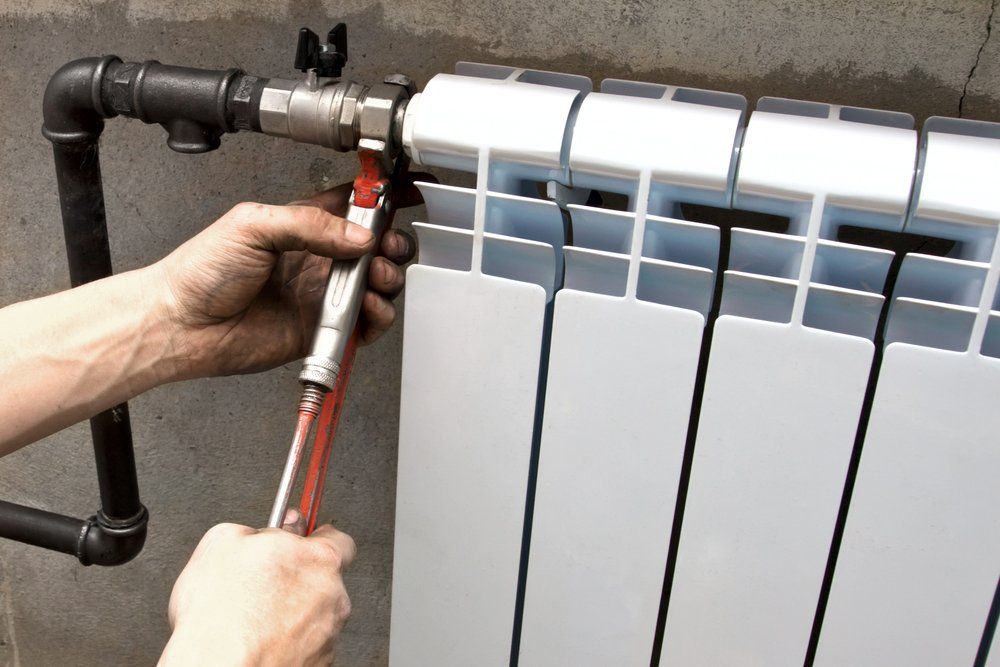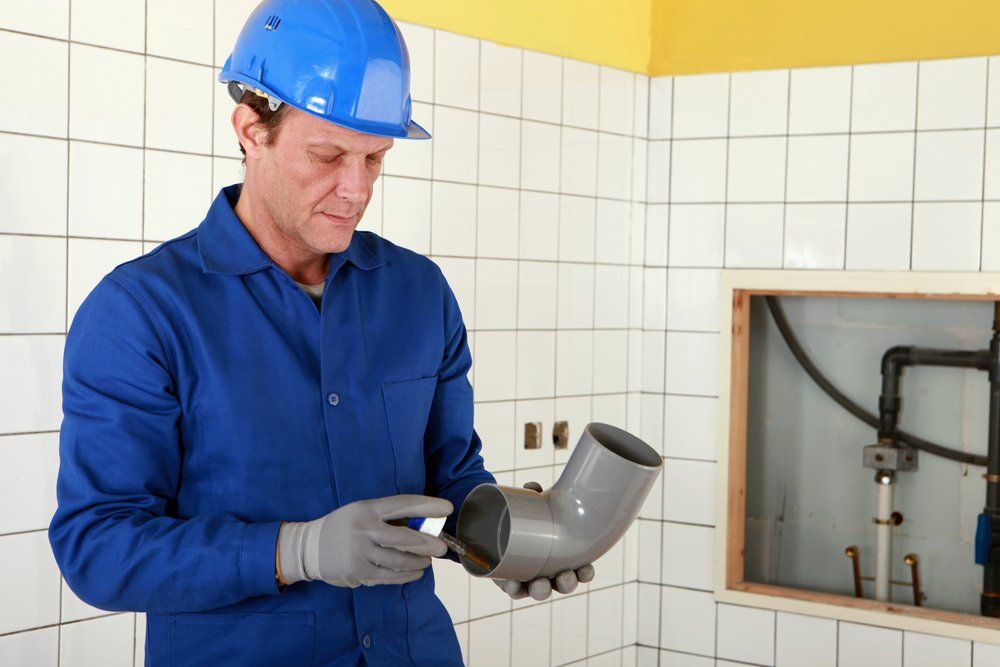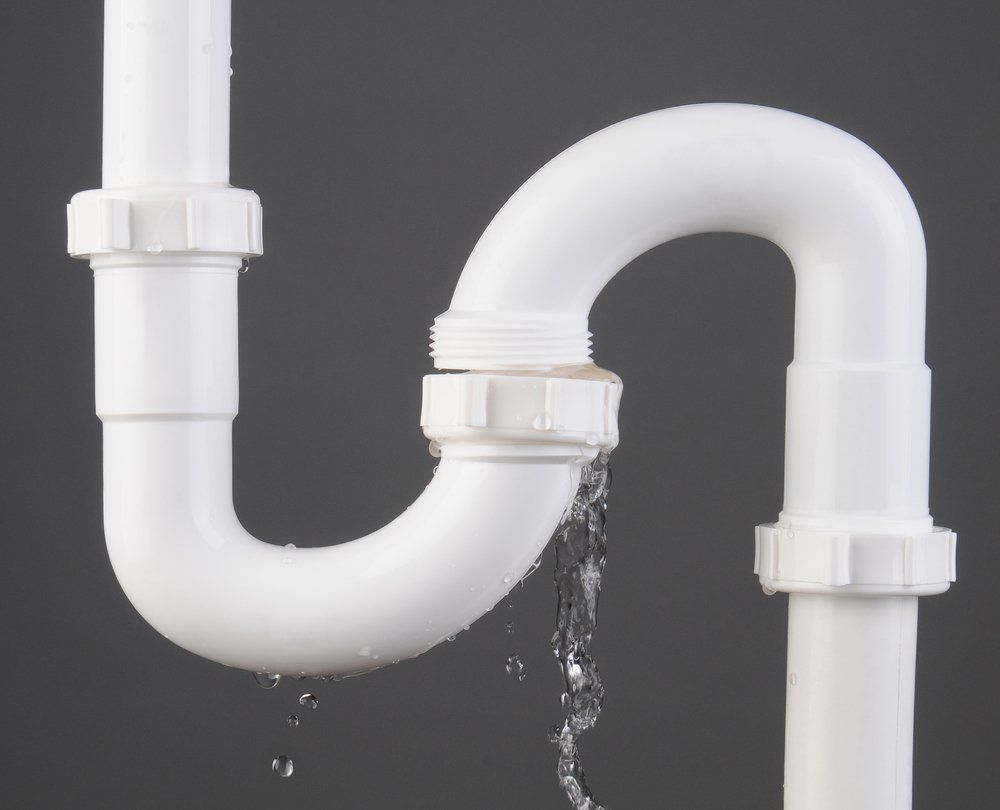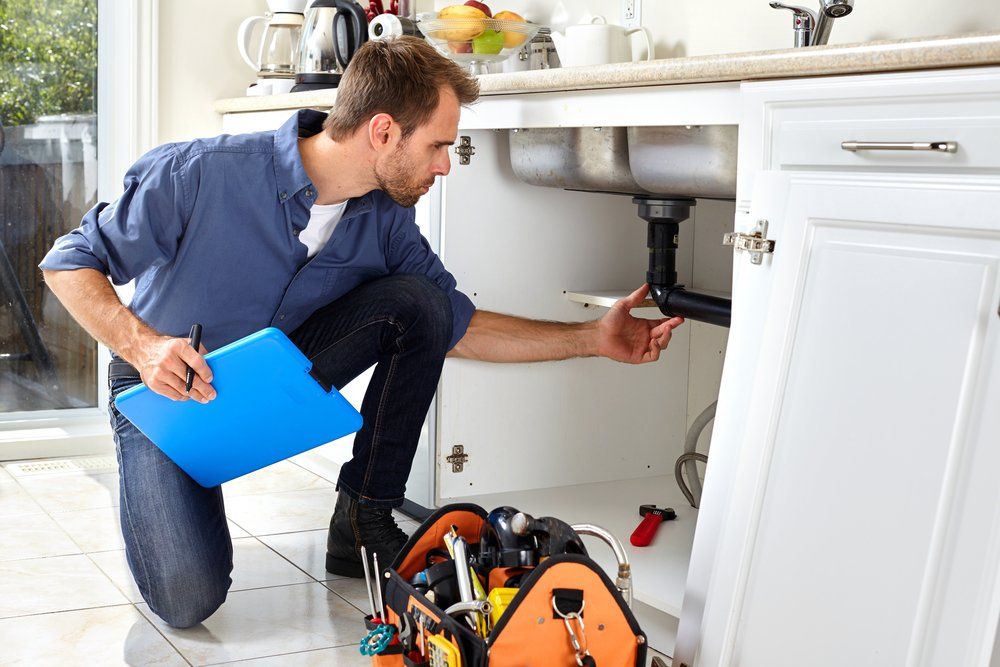How To put In Kitchen Sink Plumbing: The Easy Way
Before starting a new project like installing a kitchen sink, you should first turn off the water supply in your sink. Generally, two separate valves are present beneath the sink. You must shut off the cold water valve separately from the hot one. Then, check to see if you have any water coming out of the faucet. If it is only dripping a little bit, you're fine. By shutting off the valves, you'll also release pressure in the lines.
Remove drain tailpieces from the drain
To install kitchen sink plumbing, you must first remove the sink's drain tailpiece. This is the straight pipe that points downwards from the drain. This is then followed by an extension pipe that leads to the trap bend. Once the extension pipe is detached from the drain, remove the slip nut from the tailpiece and the trap arm. Use a pair of pliers to push the slip nut out of the sink's drain tailpiece.
Next, disconnect the drain's P-trap. This will prevent the sewer gas from escaping from the sink. To make the connection, attach the waste arm and tailpiece to the corresponding pipes. You can use the old waist arm as a guide to cut the new waist arm. The waste arm and the p-trap must be connected to the last drain pipe. You can also use the P-trap if you don't have one.
If you are not a plumber, you can always hire someone to help you. However, it is not necessary to have plumbing experience to replace your kitchen sink's plumbing. To begin the installation, remove the sink's tailpieces from the drain. These are the pipes that extend from the sink to the P-trap, which connects to the house drain. You should have no trouble removing these parts and installing the sink's plumbing within a few minutes.
If you have a leaking sink, the culprit is probably the strainer. It's the black section at the bottom of the sink. Then, use pliers to turn the slip nut counterclockwise and pull the pipe assembly away from the sink. Be sure to use the second set of pliers to hold the pipes while removing them. Once you've removed the tailpieces from the drain, you should lower the outlet of the sink drain.
Measure the height of the trap arm
The trap arm is the horizontal pipe that connects the u-shaped branch drain to the trap. The trap arm should slope down about 1/4 inch for every foot of distance. It should be no higher than 16 inches if your sink is on the floor of the cabinet. If it's higher than that, you'll need to lower the drain outlet. For deeper sinks, the trap arm may not be long enough to reach the floor.
Next, measure the height of the trap arm and the length from the wall stub to the sink drain. Then, use a hacksaw to cut off any burrs. Once you've cut the tailpiece to the correct length, replace it with the new one. If necessary, you can trim the old one to fit the new one. Then, use a plumber's putty to seal the joint.
The height of the trap arm is important, so measure the height of the pipework before you install it. Make sure to leave a few hours to complete the job, and make sure you have a bucket underneath to catch any splashes. The height of the trap arm is the height of the trap arm that runs under the sink. This arm is a horizontal piece of pipework that slopes towards a wall outlet or branch drain.
When you install kitchen sink plumbing, you must make sure the new P-trap is not too high. The height of the trap arm is about 16 inches. If you want to cut the trap arm to a height lower than 16 inches, you can try lowering the sink, but this requires you to take a piece of the cabinet back or even a small part of the wall. If you're not sure about the height of the trap arm, consult a plumber to assist you.
Turn off the water supply to the sink
To turn off the water supply to the kitchen sink, locate the shutoff valve on the cabinet underneath it. This valve controls the water supply to the sink and faucet. Turning it off will allow you to change or replace parts without worrying about an overflow. You can also increase the water speed through the faucet by turning off the water supply valve completely. Once you've turned off the water supply, make sure you disconnect all the plumbing from the sink and faucet.
You may be able to shut off the water supply to the kitchen sink at the water meter or at the main shutoff valve located near the front water hose. It can also be found under the kitchen sink. When you've identified the source, shut off the water supply to the kitchen sink. This will minimize water damage. If you're not able to find the water meter, look for it near the main shutoff valve.
Once you've isolated the water supply to the kitchen sink, you can work on replacing the taps. To do this, simply unscrew the rounded knob on the pipe. Then, turn the shutoff valve to stop the water flow. This should do the trick! And if you're not sure whether you can access the pipework, call a plumber. You'll have to remove the pedestal first.
You'll need to locate the water shutoff valve. This valve is typically in the lower half of the space underneath the sink. To turn the water supply off, turn the valve clockwise. Then, turn the valve to the right and close it. If you can't find the shutoff valve, it's a good idea to call a plumber. A plumber will have the tools needed to properly shut off the water supply to the kitchen sink.
Move the sink a short distance from its original location
There are several reasons to move the kitchen sink. The distance is important, as moving a sink requires extending the drain and vent pipe and running water pipes. If you're moving the kitchen sink a short distance, you don't have to run the drain pipe through the wall, and you can even use PEX pipe and push-fit fittings. Nonetheless, moving a kitchen sink can be expensive and requires additional tradespeople.
It costs approximately PS400-PS750 to move a kitchen sink. However, this does not include the costs of plumbing and renovations. You'll need a plumber, which should be around PS100-PS150 an hour. If the kitchen is too big, however, the plumber or tradesperson will have to do more work and may even need days to finish the project. Nevertheless, if you're a DIY enthusiast, you can easily move the kitchen sink a short distance from its original location. However, if you're looking for a professional plumber, you may need to spend a bit more, as this service will cost you around PS150-$750.
The process of moving a kitchen sink from its original location is simple enough, but you should consider hiring a professional to ensure that the job is done correctly. If you're planning to move the kitchen sink further than a few centimetres, you'll need to consult a professional to make sure the job is done correctly. Also, you'll need to get planning permission if the move involves moving walls, doors, or windows.
Hire a professional plumber
If you're planning to install a new kitchen sink, you should consider hiring a professional plumber to do it for you. Plumbing professionals can handle almost any type of plumbing project. For instance, a new sink can have several plumbing components, such as drains, pipes, and water lines. These components must be properly connected to ensure that the new sink works properly. To find a professional, you can look at Thumbtack's listings of home improvement professionals and compare them.
A new water heater can be tricky, and you should hire a professional to handle the project. Changing a water shutoff valve can cause flooding or water damage. Plumbers also understand that replacing supply lines requires new ones and that reusing them will weaken threading and create a leak. In addition, a professional plumber knows exactly how to connect the parts and how much plumbers glue to use, which will prevent leaking.
Before hiring a plumber to install your kitchen sink plumbing, you must first determine the type of plumbing work you need to be done. While some situations require the services of a plumber, others may not. Other factors also determine the need for a plumber. Having a failed sump pump or burst pipe can cause extensive damage and can pose a safety hazard. Therefore, hiring a professional plumber can be your best option.
A professional plumber should be able to provide ongoing customer support. It is important to hire a plumber who values customer satisfaction and knows how to install and maintain plumbing systems. A professional plumber will also provide you with an easy-to-reach contact in the event of a plumbing emergency. They will be able to give you a free estimate for their work and answer any questions you may have.
